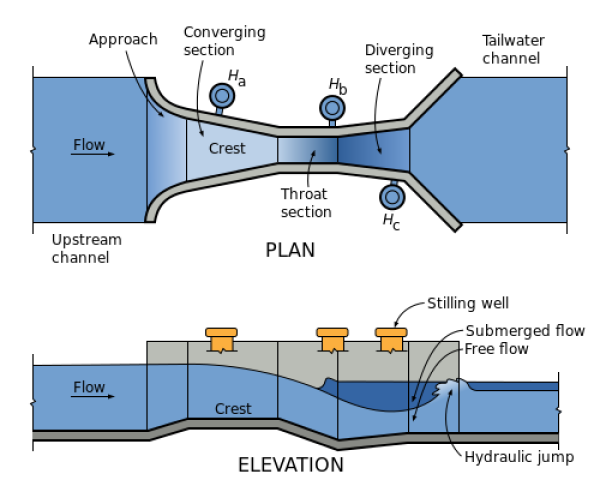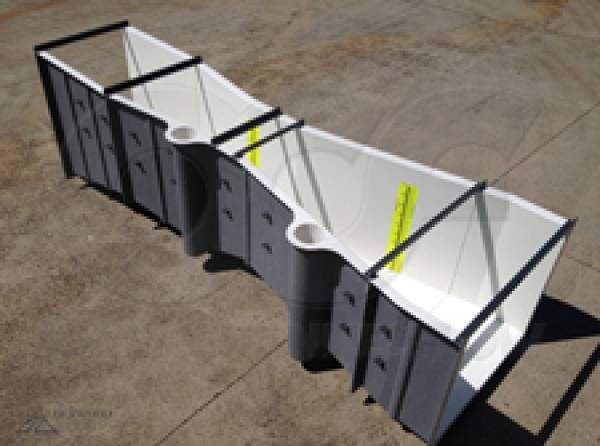This website uses a variety of cookies, which you consent to if you continue to use this site. You can read our Privacy Policy for
details about how these cookies are used, and to grant or withdraw your consent for certain types of cookies.
Mounting an Ultrasonic Sensor on a Parshall Flume
 Mounting an Ultrasonic Sensor on a Parshall Flume
Mounting an Ultrasonic Sensor on a Parshall Flume
Recently Openchannelflow was asked to assist the New York State Corrections and Community Supervision Department with issues they were having at their Green Haven Correctional Facility (GHCF). The facility had recently undergone an expansion, and they were experiencing problems with their influent meter reading more flow than their new effluent Metering Manhole.
After finishing the start-up of the effluent metering manhole and flow meter, we took a look at their influent set up.
When analyzing a site, we always start with the primary device and then move on to the flow conditions and, ultimately, the meter.
Mounting at the Point of Measurement
Looking at the setup, it became clear that they had a problem: the sensor was mounted UPSTREAM of the flume.
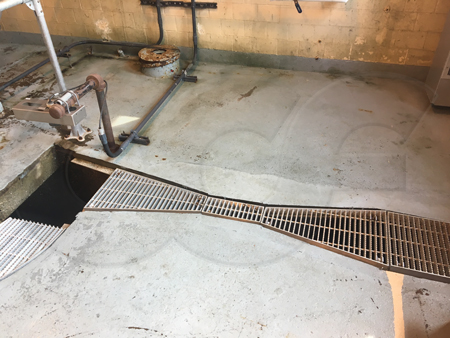
Short-Throated Flumes
Why is this important: because as a short-throated flume, the Parshall flume has only one location where the level-to-flow relationship is valid.
Moving the sensor upstream or downstream means that the readings will over or underrepresent the actual flow rate! Since the sensor was upstream of the flume, the meter was overreading the flow rate.
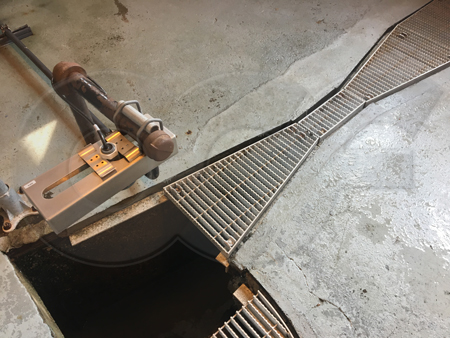
By moving the influent transducer to the correct point of measurement (in the converging section of the flume), the totalized flow readings from the two flumes were much closer than before and in line with what GHCF expected.
Point of measurement confusion is one reason that on each of our discharge tables, we have a graphic showing the flume layout and where the point of measurement is!
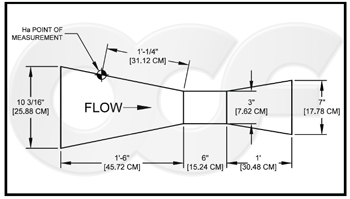
Long-Throated Flumes
While short-throated flumes have a single, fixed point of measurement, long-throated flumes (i.e., Palmer Bowlus and RBC) do not.
For those flumes, so long as the reading is taken upstream of the throat (where the flow lines are parallel) and out of the drawdown immediately upstream (at least D/2 upstream - D being the throat width size), the point of measurement is not critical!
Related Blog Posts
Explore more insights in our blog.

LOCATIONS IN ATLANTA, GA & BOISE, ID


